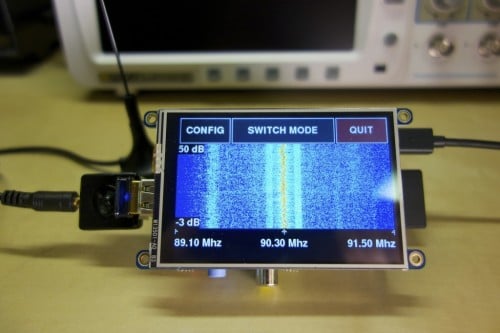Over on YouTube user adsbrus shows us his project which is an in car ADS-B aircraft tracker using a Raspberry Pi mini computer and an RTL-SDR. The system uses an LCD screen mounted where the car radio usually is to show aircraft identifier, altitude, and speed information in text.
The post In Car ADS-B with a Raspberry Pi and RTL-SDR appeared first on rtl-sdr.com.



















